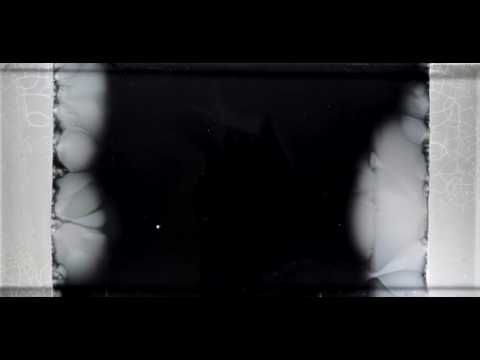Antibiotic Resistance Replicated In A Lab: Watch Superbug Bacteria Evolve To Fight Against Drugs

With a dash of movie magic and a heap of innovative technology, researchers at Harvard Medical School have created perhaps the most beautiful and frightening illustration of bacterial evolution to date.
The video depicts their experiment with the microbial evolution growth arena plate, or MEGA-plate, a 2 by 4 foot petri dish laced with antibiotics and bacterial food. Each parallel section contained increasing concentrations of the antibiotics, along with two layers of gel stacked on top of each other. The first thicker layer ensures that the bacteria, Escherichia coli in this case, stay rooted to the bottom, while the second one allows them to move through the different sections.
Against the completely black background of the dish, the white-colored bacteria can be easily seen migrating across, only to be stopped dead in their tracks by the antibiotics. Soon enough, though, some of the bacteria generate mutations that allows them to survive the first wave, but at the cost of growing more slowly. With each successive wave, the bacteria gradually become hardier and hardier, eventually being able to survive a concentration of antibiotics 1000 times larger than the amount needed to kill their earliest counterparts.
"Our device allows us to systematically map the different ways by which bacteria can become resistant to a range of antibiotics and antibiotic combinations," said Dr. Roy Kishony, a professor in the department of systems biology at Harvard Medical School and a principal investigator at Technion-Israel Institute of Technology, in a statement. Kishony and his colleagues published an accompanying paper detailing their results in Science.
The eerily beautiful experiments also helped the team discover something new: The strains of mutant E. coli that first became resistant weren’t necessarily the best survivors. When the researchers moved the strains right behind them to the frontlines of the next wave, they were better able to grow quickly and spread out.
"What we saw suggests that evolution is not always led by the most resistant mutants," said co-author Michael Baym, a postdoctoral fellow in the Kishony Lab at Harvard Medical School. "The strongest mutants are, in fact, often moving behind more vulnerable strains."



























